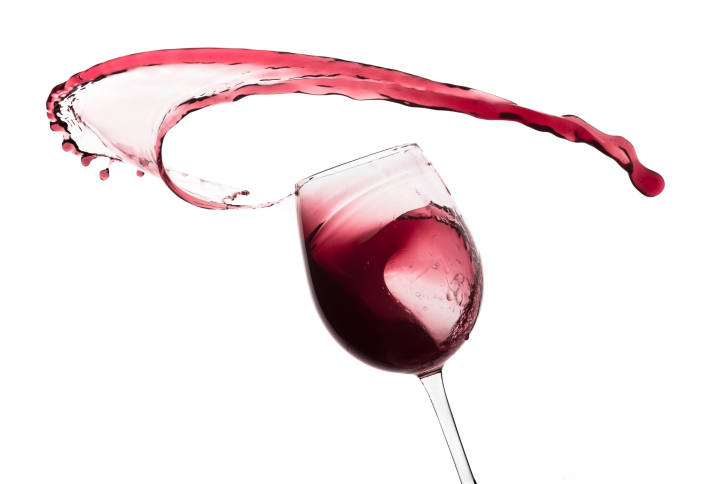Featuring notes from Rabbi Nahum Simon, Ph.D., CAP, ICADC
The Jewish community has institutionalized the concept of denial about alcoholism and addiction. “As I have worked in the field for nearly 30 years, it has been an uphill battle to convince both the leaders and the members of the community that Jewish alcoholism is a very real problem that needs to be addressed,” says Rabbi Nahum Simon. Problem drinking was already identified in early scripture.
The Book of Genesis tells of two serious drinkers and the consequences that befell them, starting with Noah. Along with Rabbi Simon, our luxury drug and alcohol rehab in South Florida is sharing more on Jewish drinking and how serious of an issue it’s become in the community.
Do Jewish People Drink Alcohol?
Yes, Jewish people drink alcohol, but drinking is not meant to be social. Jewish alcohol rules, particularly when it comes to wine, are complex. Wine is viewed as a substance of import, and it’s incorporated into religious ceremonies. For instance, Purim is considered a Jewish drinking holiday. So, while the general consumption of alcohol is permitted in the Jewish community, inebriation (drunkenness) is discouraged and considered sinful.
The overconsumption of alcohol is mentioned several times in the Bible, starting with Noah. After being saved from destruction in the flood, Noah proceeds to plant a vineyard, cultivating the grapes and producing wine. He then consumes so much wine that he passes out. Jewish tradition is replete with an explanation of the serious consequences that Noah suffered.
Several chapters later, we are introduced to the story of Lot, who, after being rescued by the angels from the destruction of the wicked city of Sodom, was enticed into incestuous relationships with his daughters. Many who come from the Ashkenazi (Eastern European) Jewish tradition recall a song in Yiddish that proclaimed, “Shikkor iz a Goy,” meaning that if one were a drunkard, he must be a gentile.
The Effects of Jewish Drinking on the Community
Below, Rabbi Simon discusses his experiences with alcoholism in the Jewish community:
Denial and Stigma: In my years in the field of addiction treatment, I have encountered many Jewish families who were more comfortable believing that their loved one was mentally ill rather than dealing with the possibility that their loved one was an addict.
Historical Context: Alcoholism represented a loss of personal control that could threaten the security of the entire community. Therefore, the alcoholic would either stop the behavior and receive community support, or leave the community and assimilate into the non-Jewish population.
Transfer of Addictions: Historically, Jewish addicts may have transferred their addiction into more acceptable forms, such as gambling or overeating, which were more tolerated within the community.
Drug Use vs. Alcohol Use: While Jewish alcoholism was frowned upon, drug use did not carry the same taboo, leading to different patterns of substance abuse in the community.
Is Alcoholism More Common Among Jewish People?
Prevalence: There is no reason to believe that Jews differ from the general population in the occurrence of alcoholism and addiction. The percentage of Jews participating in recovery programs or seeking treatment generally parallels the percentage of Jews living among the general population.
Denial and Shame: Due to denial and shame, more Jewish individuals may seek treatment in distant cities rather than closer to home, complicating discharge planning and continuing treatment.
Challenges in Recovery for Jewish Clients
- Cultural Barriers: Many recovery meetings are held in churches, making Jewish clients uncomfortable. The 12-step program, with its roots in fundamentalist Christian philosophy, can feel alien to Jewish rehab participants.
- Spiritual Confusion: The concept of spirituality is often confused with religion. Many Jewish individuals have limited religious training and find it challenging to connect with a Higher Power.
- Loss of Community Contact: Finding and defining a spiritual path that is meaningful and productive is a major challenge for Jewish clients in recovery.
Calculating the Financial Impact of Alcoholism

Most people focus on the cost of alcohol abuse and how it will negatively impact their lives, but what about the literal cost of alcohol abuse and how it will negatively impact your wallet? According to the Centers for Disease Control and Prevention, excessive alcohol use cost the United States $249 billion in 2010 alone.
As an addiction treatment center in Florida, we work with people whose drinking habits have come at a cost, both financially and personally. You may be able to brush off the warnings of liver disease and the horror stories of death by drunk driving, but maybe this information below on the literal cost of alcoholism will change your mind and inspire you to take a step toward getting sober.
How Much Your Alcohol Addiction Is Costing You
- Alcohol & Alcohol Products – $780: While a case of beer isn’t that expensive on its own, these bottles quickly add up. NPR considers excessive male drinking to be consuming 15 or more drinks a week. Let’s say you are drinking 20 drinks a week. If each drink is only 1.5 ounces of liquor and a handle of vodka is 59.2 ounces, then you will be buying one handle of vodka every two weeks. The cost of one handle of call liquor is about $30, so that adds up to about $780 from money spent on alcohol per year.
- Bar Tab – $5,200: Everybody likes to have a good time on occasion, but when those good times turn into an almost daily routine, that bar tab can quickly add up. If the average bar tab on a Saturday night is $50 a person, and you go out to the bar twice a week for a year, with 52 weeks in a year, you’re looking at $5,200 that you just blew on drinking.
- Driving Services – $260: If you are responsible and choose not to drive drunk, then you are probably using a driving service like Uber or Lyft (or you have a designated driver available). If your average fare is only $10 and you choose these services about once every other week for a year, that comes out to about $260. Of course, this is the low end of the cost, and ride service prices vary widely by area of service and distance traveled.
- DWI (Driving While Intoxicated) – $1,250: After a few drinks, you leave dinner feeling fine and drive the 15 minutes back to your house. After accidentally running a stop sign, you get pulled over and end up with a DWI. Each consecutive DWI is more money out of your pocket, but let’s say that this is your first offense. You are looking at a fine anywhere from $500 to $1,000 in Florida. In the most serious cases, this number can skyrocket up to $5,000. Do not forget that your car insurance is going to skyrocket after a DWI. With the average car insurance in Florida going up by about 50% after a DWI, your insurance could go up an extra $1,000 a year. Even if you only have 6 months remaining in the year after your DWI, that’s still $500 being wasted in that year.
- Car Repair – $400: Your fancy Ferrari is worth nothing after it is totaled from a drunk driving accident. If you drive drunk and you have yet to have a serious accident, consider yourself lucky. For our purposes, let’s say your drunk driving caused you to mess up just the bumper on your 2016 Toyota Camry and you need it repaired. Driving into a tree could cost you $400.
- Criminal Fees – $500: Crazy drunk nights can lead to poor and risky decisions. Addicts may get carried away and do something they regret causing them to have a run-in with the law. In minor cases, trespassing on private property because your friends dared you to could result in a $500 fine.
- Medical Bills – $7,500: We won’t even go so far as to say you have serious liver damage (which if you continue to drink, you very well will). Instead, let’s say that a night out on the town resulted in a drunk accident where you broke your leg. The cost of alcohol abuse just hit you with up to $7,500 in medical bills.
With a whopping grand total of $15,890 for just one year, the amount of money you just spent on alcohol could have been put toward a home, a new car, a boat, a family vacation, or even your own helicopter if you wanted it.
Even better, put that money toward a luxury rehab so that you can stop throwing your money away for years to come. We aren’t even counting the cost of a divorce or losing your job (unfortunately, both of which are possibilities if you continue to neglect to get proper luxury alcohol treatment).
Of course, the literal cost of alcohol abuse isn’t diving into the physical, mental, and emotional pain that this addiction could be causing you and your loved ones. For support and resources for family members, visit Family Resources for Addiction Support.
Stop letting your addiction drain your bank account. While it may be difficult, you can get help. Contact our luxury addiction treatment center in Palm Beach at 561-677-9374 to regain control of your life so that your money can be better spent elsewhere. At Seaside Palm Beach, we are here to help, not judge.
Recover From Alcoholism at Seaside
No matter where you’re from or what your religious background is, Seaside Palm Beach is here to help. We offer luxury alcohol detox and addiction treatment at our facility, among various other rehab programs designed to help clients in every stage of recovery.
For more information about our residential addiction treatment in Palm Beach and how we can help you or a loved one get sober, call us today at 561-677-9374 or send us your contact information, and we’ll reach out to you.
Related Reading:



